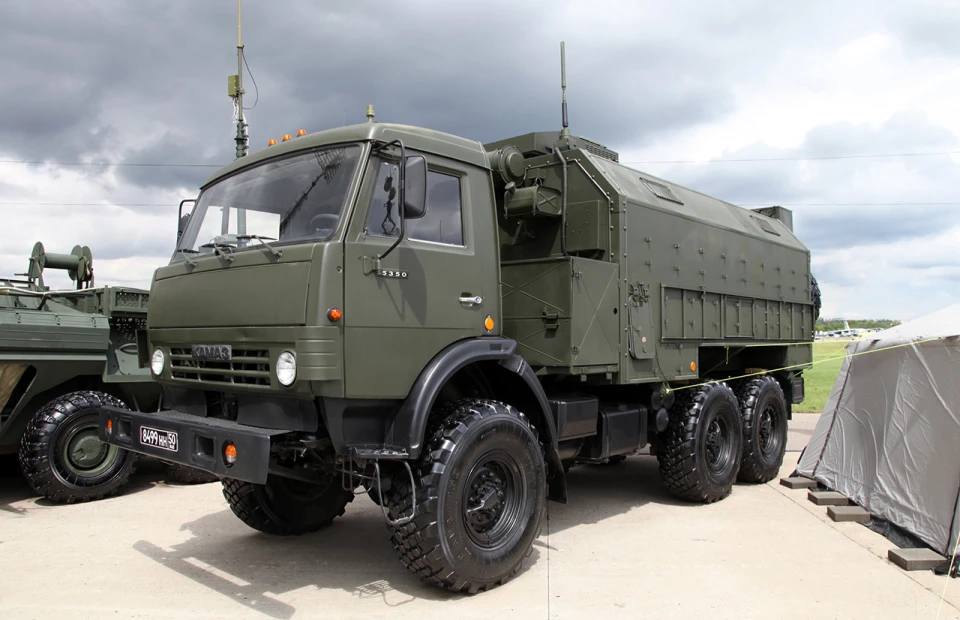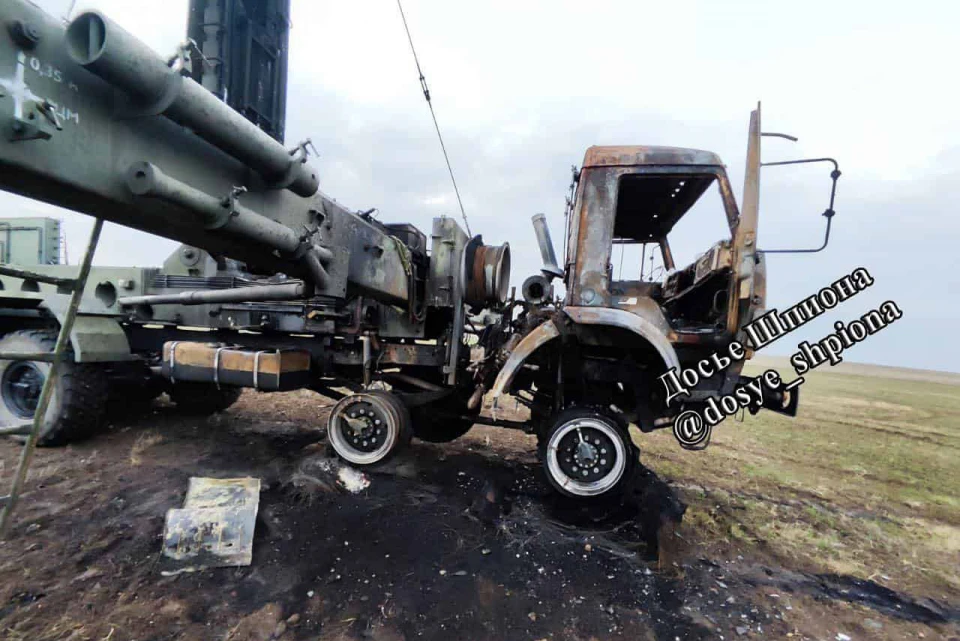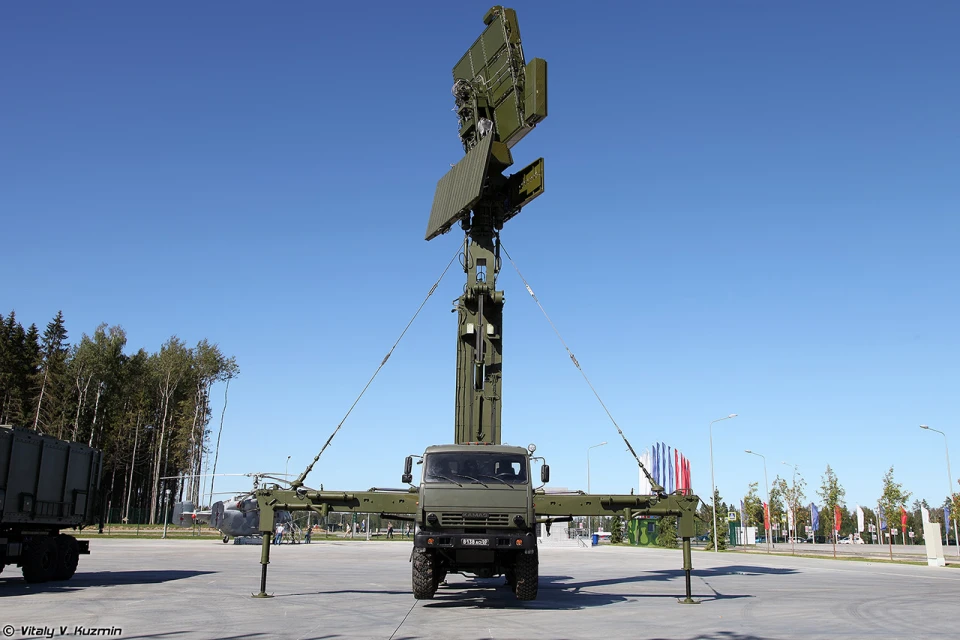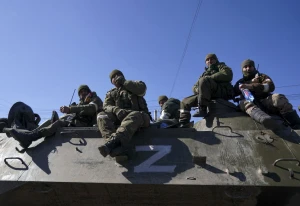
What is Podlet radar – latest Russian radar Ukrainians keep destroying but can’t capture
Ukrainian intelligence recently reported the destruction of several Podlet K-1 radar systems in occupied Crimea at the end of November. Each of these radars costs the Russian millions of dollars
Contents
- What is the Podlet radar
- How does Podlet K-1 work
- Declared characteristics of the 48Ya6-K1 Podlet radar
- How did Ukrainians destroy the Podlet complexes
- Recent successes in the fight against the Podlet radar
- Podlet radar in Syria
What is the Podlet radar
The 48Ya6-K1 Podlet is a universal, mobile, three-coordinate radar station. It uses a phased array antenna with 360-degree visibility to detect air targets at low and extremely low altitudes, even in challenging interference conditions.
The radar system was developed by Russia’s Almaz-Antey defense enterprise and is designed to provide targeting data for S-300, S-400, and other anti-aircraft missile systems. State testing of the system started in 2010, with the first deliveries to the Russian army beginning in 2015, following the start of the Russian-Ukrainian war.
The complex includes an antenna post, a control tower, and a mobile electric generator, all mounted on separate KAMAZ wheeled chassis.

How does Podlet K-1 work
The Podlet is a radar system operating in the centimeter range, reportedly capable of detecting up to 200 targets at the same time. Deploying and setting up the system takes about 20 minutes.
According to its developers, the system can allegedly detect objects approaching from up to 300 kilometers away and at altitudes of up to 10 km.
"The radar automatically detects and tracks targets, providing their coordinates to anti-aircraft missile systems and fighters," explains Defense Express in describing the Podlet's operation.
The Podlet K-1 radar is mobile and rotates both horizontally and vertically. It uses a phased array antenna (the large upper antenna) to locate and track targets. The two smaller, oppositely placed antennas underneath are secondary radars designed for the international SIF Mark Ⅻ standard. Additional small antennas near and above the phased array are compensatory ones meant to guard against active interference.
This radar is designed specifically for spotting small, slow, and low-flying targets in environments with heavy interference. These include cruise missiles, drones, and even stealth aircraft. Russian sources claim the Podlet K-1 outperforms standard radars used with S-400 systems in such tasks. As a result, S-400 complexes in "key areas" are supplemented with Podlet units.
Declared characteristics of the 48Ya6-K1 Podlet radar
- Range: 10–300 km
- Maximum detection altitude: 10 km
- Target coordinate accuracy: 200 m (1.6 degrees in azimuth)
- Target detection speed: Up to 4,400 km/h
- Detection zone in azimuth: 360 degrees
- Detection zone in elevation: -2 to +25 degrees
- System cost: Approx. $5 million
How did Ukrainians destroy the Podlet complexes
In November, three Podlet systems were destroyed in just two days — the highest number ever taken out in such a short time. However, the Ukrainian Defense Forces had already eliminated these radar systems before.
The first recorded case was in July 2022, when Ukrainian forces destroyed a modern radar station marked with the letter "Z" in Lazurne, a coastal village in the Skadovsk district of Kherson. The Podlet radar, set up in a stationary position, was monitoring air activity.
According to Defense Express, the strike on this radar coincided with the attack on the Antonivka Bridge. "The Armed Forces of Ukraine demonstrated they could hit both the strategically important bridge and the air defense systems protecting it with a single operation," they noted. Observers also pointed out that the radar was located over 100 km from the front line. At the time, Ukraine did not yet have ATACMS missiles, leading experts to believe the radar was taken out using either "Tochka-U" or "Vilkha."

Another destroyed Podlet was found after Kherson's liberation in November 2022 at the Chornobaivka airfield. The Russians had used this site to station army aviation and stockpile ammunition.
In the summer of 2023, SBU special forces from the "White Wolves" unit reported destroying a Podlet radar antenna and its control vehicle. Later, another Podlet system was wiped out on Cape Tarkhankut in occupied Crimea. Ukrainian forces followed up with a strike on Russian military positions near Olenivka, where seven consecutive explosions hit the 3rd Radio Engineering Regiment’s facilities.
By November 2023, Ukrainian intelligence scored another milestone by disabling a Podlet inside Russian territory near Krasnaya Polyana, Belgorod region. Reports also mentioned casualties among Russian personnel.
In the summer of 2024, Ukrainian forces struck Russian air defense sites again in Crimea, this time near Belbek and Sevastopol. Two Podlet radars were damaged, with satellite images confirming one completely destroyed. The images also showed two missile launchers — one being towed from the impact site and the other in uncertain condition.
Recent successes in the fight against the Podlet radar
On October 23, 2024, a strike drone hit the Podlet antenna post near Cape Tarkhankut once again. Reports confirm the damaged equipment had been left awaiting evacuation for weeks. This, however, turned out to be just a rehearsal for a stronger strike.
On November 28, Ukrainian intelligence destroyed a Podlet K-1 near the Crimean settlement of Kotovske. The following day, HUR fighters successfully targeted three more radar systems in Crimea — one Kasta and two Podlet radars.
In total, at least 11 modern Podlet radars have been hit. Of these, 5 were completely destroyed, while the rest were left disabled.
Experts note that the strikes on Crimean Podlet radars move us closer, to some extent, to targeting the Kerch Bridge.
“The Kerch Bridge is a critical link for the large group stationed in Crimea and involved in hostilities in Ukraine. This group depends on supplies and also supports other groups in southern Ukraine. The ‘Podlet’ is part of the Russian air defense system in Crimea, and taking out such systems is vital because they operate in coordination. That’s why Ukrainian weapons systems periodically strike Crimea to ‘restore order,’” said Dmytro Pletenchuk, spokesman for the Naval Forces of Ukraine, on Espreso TV.

Podlet radar in Syria
In early December 2024, reports emerged about the Podlet K-1 radar in connection with Syria. During the fall of the Assad regime, Syrian rebels captured the latest Russian radar. In one day, a total of 88 pieces of weapons and equipment, including tanks and multiple rocket launch systems, ended up in rebel hands. The Militarnyi portal described Podlet as one of the most valuable trophies.
Defense Express analysts suggest Kyiv could use this opportunity to request (or buy?) the Podlet from the Syrians. So far, no radar of this model — apart from the destroyed one found in Chornobaivka — has ever come into Ukrainian hands.
"Judging by the photo, this radar station was seized while collapsed, indicating that the Russians and/or their Syrian allies were preparing to evacuate it. However, they clearly didn’t have time to cause serious damage to the radar," writes Defense Express.
Given logistical challenges, it’s unlikely the other equipment abandoned by the Russians will reach Ukraine. Therefore, as the article points out, efforts should focus on securing the most valuable items.
"In this case, Podlet-K1 is exactly that. Prioritizing efforts to acquire this radar is key — especially since analyzing it could later enhance missile strikes on Russian military targets," the article concludes.
- News












































